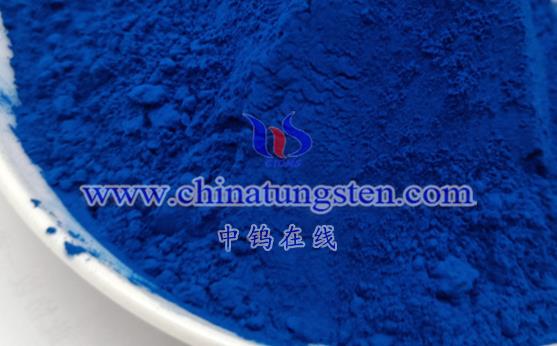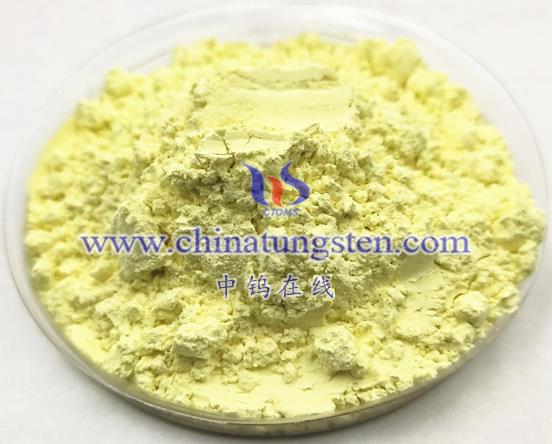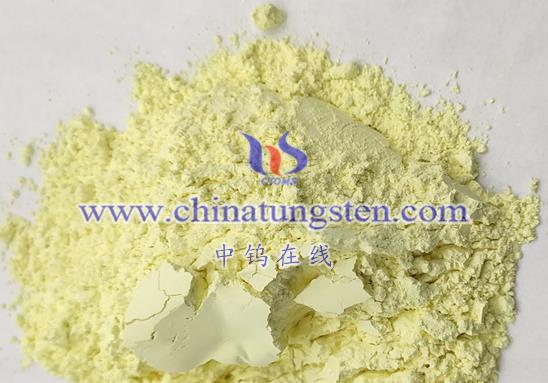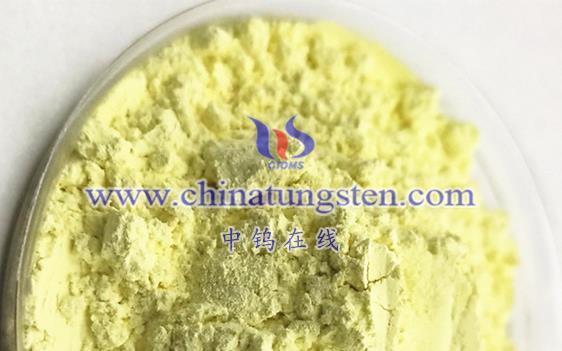
Nano-tungsten oxide demonstrates significant potential in various energy applications due to its unique physical and chemical properties. Here’s a detailed look at its major applications in the energy field:
- Lithium-Ion Battery Anode Materials
Nano-tungsten oxide is used as an anode material in lithium-ion batteries due to its high energy density and cycling stability. The nanostructure of nano-tungsten oxide enhances electrical conductivity and lithium-ion diffusion rates, leading to faster charging and discharging of the battery. This makes it particularly important for applications requiring high energy density, such as electric vehicles and energy storage systems. Additionally, the high theoretical capacity of nano-tungsten oxide contributes to improved energy storage capability.
- Solar Cells
Nano-tungsten oxide shows promise in the field of solar cells. Its excellent optoelectronic properties, including a narrow bandgap and adjustable light absorption characteristics, make it crucial for solar cell fabrication. By combining or modifying nano-tungsten oxide with other materials, the efficiency of solar cells in converting sunlight into electricity can be further enhanced.
- Photocatalytic Water Splitting for Hydrogen Production
Nano-tungsten oxide can be utilized for photocatalytic water splitting, a process that produces hydrogen from water under light exposure. Nano-tungsten oxide absorbs light energy and generates electron-hole pairs that drive the decomposition of water into hydrogen and oxygen. This process not only offers a new approach for renewable energy storage and utilization but also helps reduce reliance on traditional fossil fuels.
- Optoelectronic Detection and Sensors
The optoelectronic properties of nano-tungsten oxide also make it suitable for optoelectronic detection and sensor applications. Devices based on nano-tungsten oxide can be developed to detect and convert light signals with high sensitivity. These devices have promising applications in optical communication, optical information processing, and other fields.
- Energy Storage Materials
In addition to lithium-ion batteries, nano-tungsten oxide can be used in the preparation of other energy storage materials. By combining or modifying it with other substances, materials with higher energy density and longer cycling life can be produced. These materials play a crucial role in energy storage systems and help promote the widespread use of renewable energy sources.
- Energy Conversion and Utilization
Nano-tungsten oxide also shows potential in energy conversion and utilization. For example, it can be used in photocatalytic reactions to convert solar energy into chemical energy or hydrogen energy. Additionally, it can participate in electrochemical reactions to convert electrical or chemical energy into other forms of energy. These applications contribute to improved energy utilization efficiency and support sustainable development.
Summary
Nano-tungsten oxide has diverse and important applications in the energy sector. Its excellent physical and chemical properties make it valuable in lithium-ion batteries, solar cells, photocatalytic hydrogen production, optoelectronic detection and sensors, energy storage materials, and energy conversion and utilization. With ongoing research and technological advancements, the applications of nano-tungsten oxide in the energy field are expected to expand and improve further.
More details of tungsten oxide product, please visit website: tungsten-oxide.com
Please contact CHINATUNGSTEN for inquiry and order of tungsten oxide:
Email: sales@chinatungsten.com
Tel.: 86 592 5129595











